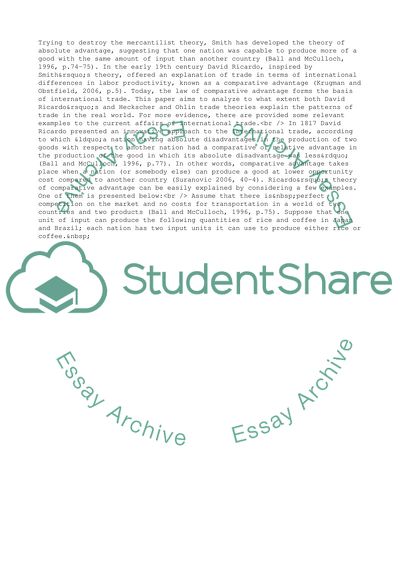Cite this document
(The Basis of International Trade Term Paper Example | Topics and Well Written Essays - 2000 words, n.d.)
The Basis of International Trade Term Paper Example | Topics and Well Written Essays - 2000 words. Retrieved from https://studentshare.org/business/1746236-the-law-of-comparative-advantage-forms-the-basis-of-international-trade
The Basis of International Trade Term Paper Example | Topics and Well Written Essays - 2000 words. Retrieved from https://studentshare.org/business/1746236-the-law-of-comparative-advantage-forms-the-basis-of-international-trade
(The Basis of International Trade Term Paper Example | Topics and Well Written Essays - 2000 Words)
The Basis of International Trade Term Paper Example | Topics and Well Written Essays - 2000 Words. https://studentshare.org/business/1746236-the-law-of-comparative-advantage-forms-the-basis-of-international-trade.
The Basis of International Trade Term Paper Example | Topics and Well Written Essays - 2000 Words. https://studentshare.org/business/1746236-the-law-of-comparative-advantage-forms-the-basis-of-international-trade.
“The Basis of International Trade Term Paper Example | Topics and Well Written Essays - 2000 Words”. https://studentshare.org/business/1746236-the-law-of-comparative-advantage-forms-the-basis-of-international-trade.


